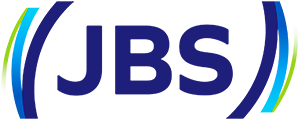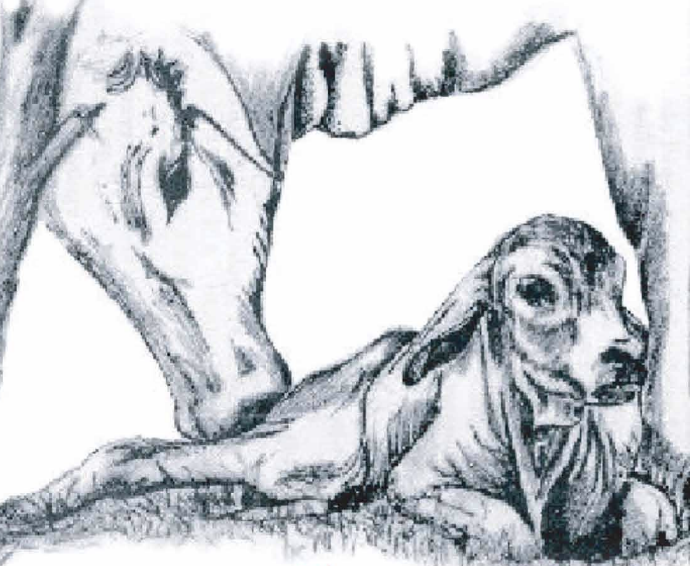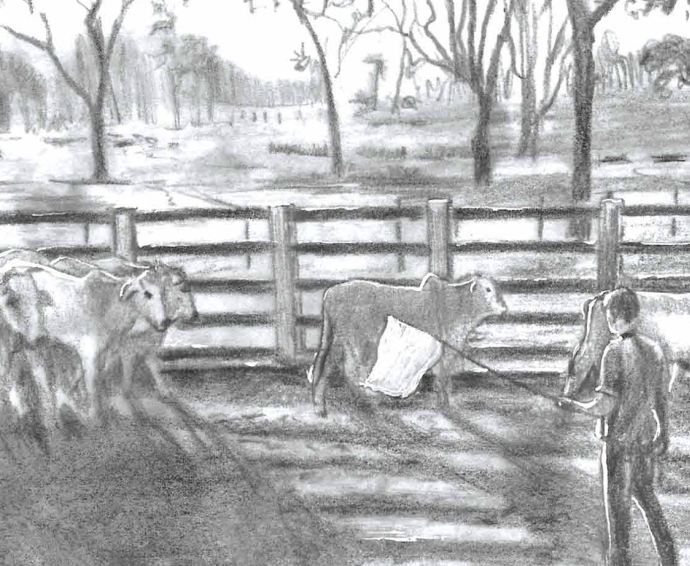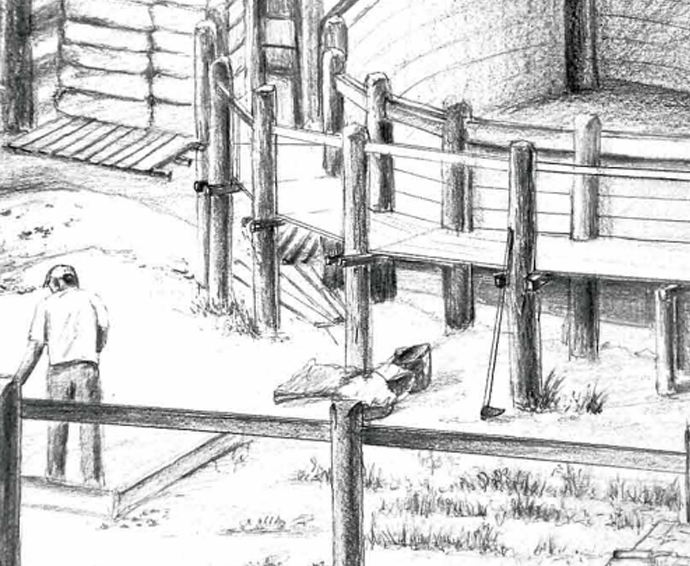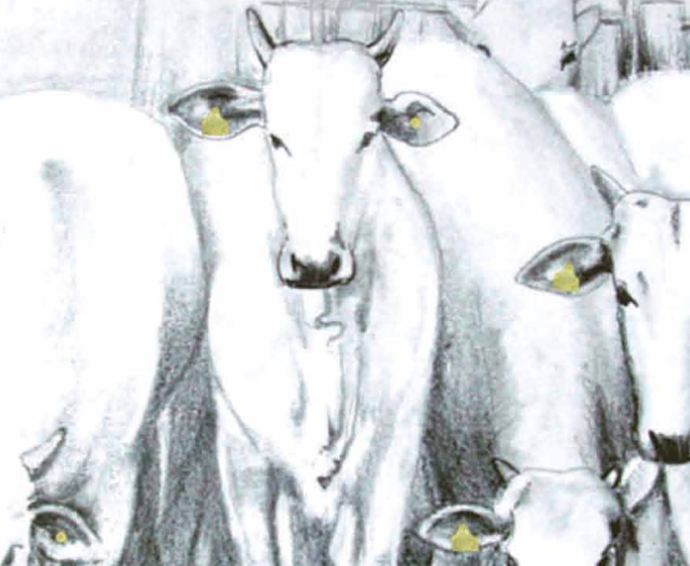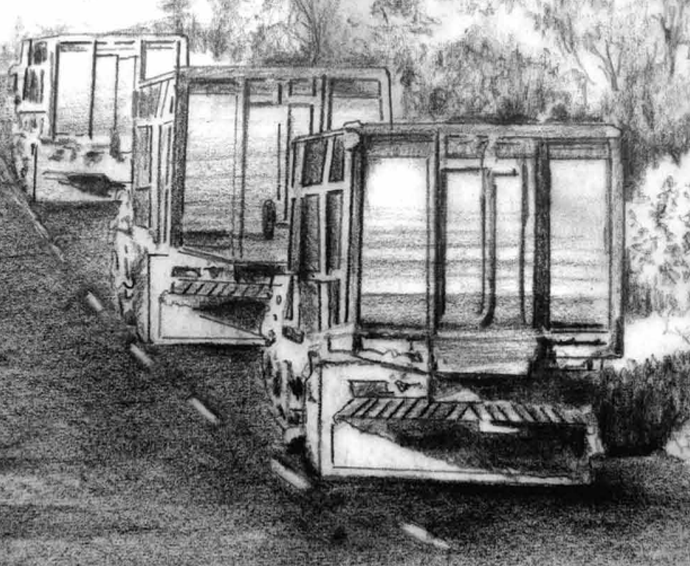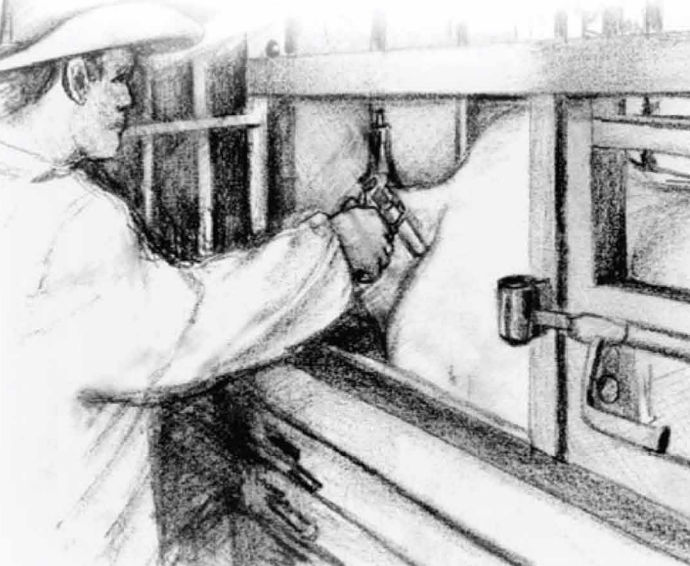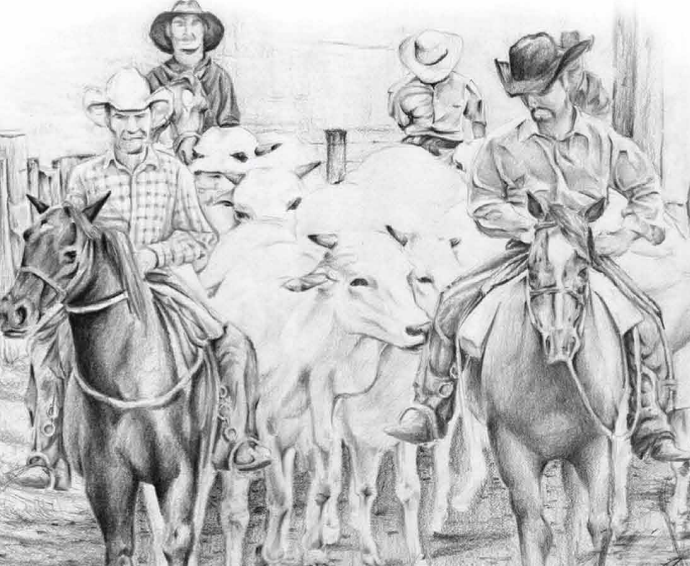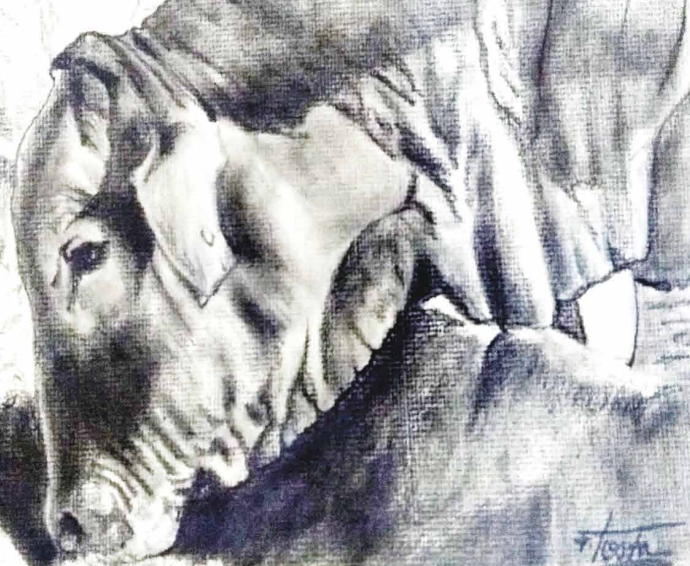Breeding, Transportation and Production
Breeding is a fundamental step in monitoring animal welfare practices. Each protein chain abides by best local practices, in line with their particularities.
Breeding of poultry, pigs and cattle includes both our own and third-party operations. All products ranges have in common the health and safety of the animals as a priority, and this is guaranteed through technical visits, manuals, procedures and policies, audits and training.
Para que os cuidados estejam presentes ao longo de toda a cadeia de valor, as práticas e iniciativas adotadas se concentram em três momentos:
Beef
In Brazil, Friboi employs the Animal Handling Guide, written by Dr. Temple Grandin jointly with the animal welfare committee of the North American Meat Institute (NAMI), as one of the leading technical animal welfare standards at the processing units.
With around 30,000 active cattle supplier farms, the Company encourages the adoption of best practices on rural properties, conducting campaigns, lectures and seminars, in addition to sponsoring supplier engagement programs.
In its online platform there are technical materials on animal health and welfare prepared by the Company's own technical staff, as well as manuals on Good Management Practices of the Group of Studies and Research in Animal Ethology and Ecology (Etco Group), sponsored and re-released by JBS.
Of the portion of animals that spend time in confinement, a small part originate from the holding pens of JBS, where work is undertaken to foster and promote animal welfare through periodic training of the handling team, continuous improvement of the facilities and implementation of corrective actions when necessary. Moreover, at all fattening units a camera monitoring system is in the implementation phase in the handling pens, so that the work undertaken there can be remotely monitored.
Poultry and pork
All poultry and pigs are raised by more than 9,000 producers on farms with controlled environments, that is, with the best conditions of lighting, ventilation, humidity, temperature, bedding quality (in the case of poultry) and biosecurity. The aviary bed (covering the floor of the sheds) is made of dry, soft material that provides adequate comfort for the animals.
Water quality is routinely monitored. The feed is formulated to meet all the animals' daily nutritional needs and is produced by proprietary feed factories, where the quality of the inputs is fully supervised by trained technicians.
Various procedures and controls are part of the routine procedures to ensure animal welfare parameters throughout the entire production chain. The adequacy of structures and equipment is constant and there emergency procedures have been established in case of relevant anomalies in the processes. A series of indicators are used to measure animal welfare conditions, such as: transport time; viability; foot corns; weight gain; density; and hatching. When any deviation in these parameters is verified, corrective actions are taken.
Transportation
JBS constantly invests in projects to improve and modernize animal transport vehicles, as well as in the renewal of its own fleet, with the objective of increasing the safety and comfort of animals during transportation. All drivers receive training at least annually.
The Company monitors the animal control and welfare process at all stages, from breeding, through transportation to production.
In Seara's live animal logistics, vehicles preferentially take the best access routes, always taking into account distance, travel time and speed along the route.
Friboi has controls and targets for sourcing animals from farms close to its strategically located units.Transportation is provided both by JBS and by the service providers’ own vehicles.
In both cases, vehicles and drivers are periodically audited by the production unit quality assurance teams, so that the quality of the service provided is maintained and improved.
Production
JBS constantly invests in innovation and improvements in facilities, acquiring of the best equipment and structures available on the market.
In addition, it provides training for teams of specialists at the production units to monitor delivery and reception of the animals to ensure their well-being until they are sent for processing. Performance at all stages is regularly assessed and audited, internally and externally, using specific metrics.
All operations comply with local laws and technical standards, as well as the principles of animal freedom and humane slaughter. For commercial reasons, JBS adopts religious guidelines that respect the cultural characteristics and diversity of the markets in which it operates.
Seara is committed to acquiring, by 2020, eggs as a raw material exclusively from cage-free origin. The company has fulfilled its commitment to 100% of the product portfolio.
However, in December 2020, with the acquisition of Bunge's margarine and mayonnaise assets, the transition of the new products that integrated Seara's portfolio will have been completed by 2025. The volume of cage-free eggs acquired in the first semester of 2021 represents 40% of the total purchased.
